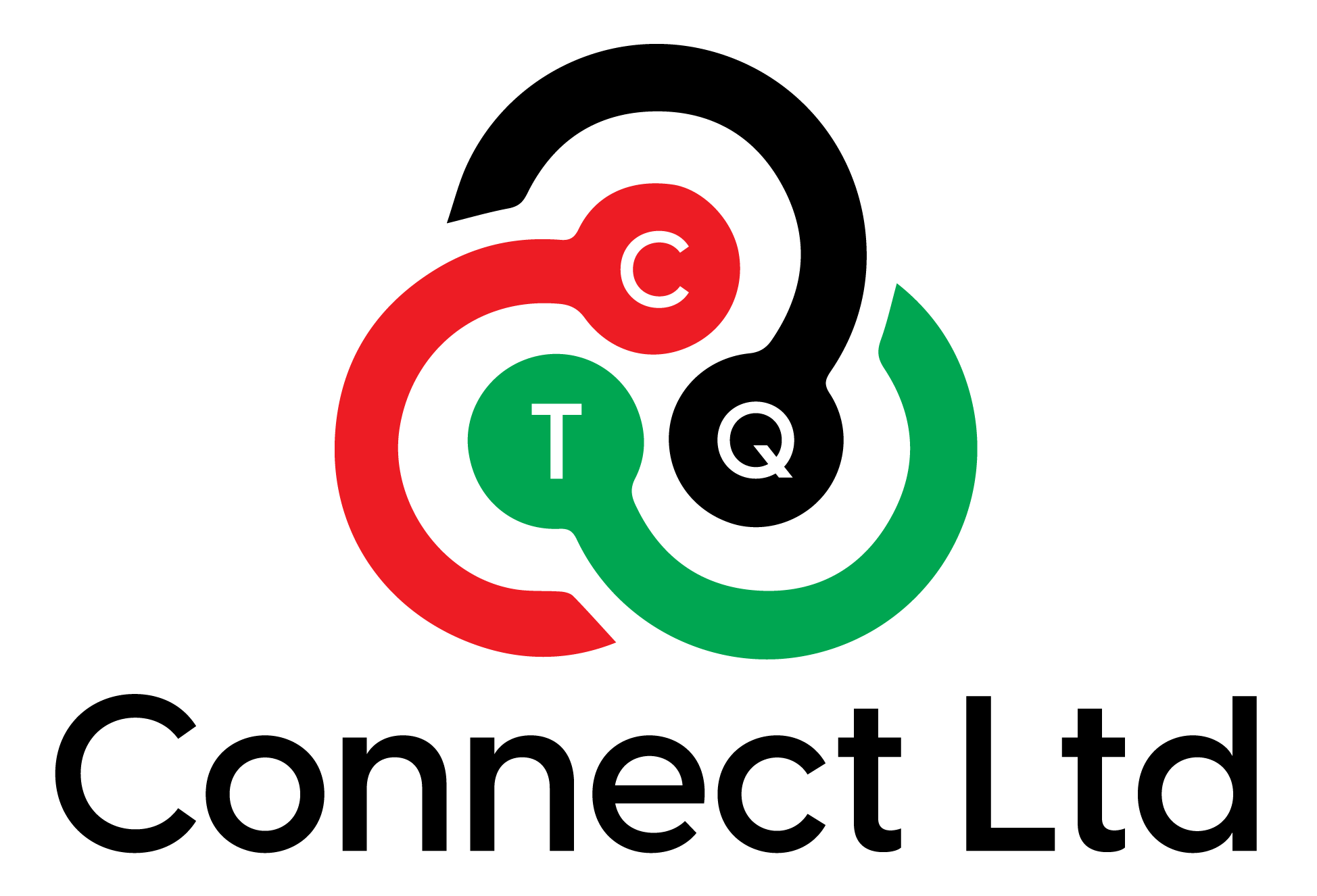This business industry is ever-advancing, and predicting things has become a little easier. Predictive analysis is one of the analytical tools that uses data, machine learning, statistical algorithms, and models to predict and identify potential future business strategy outcomes based on historical data from organizations. With these tools, businesses can implement an actionable business strategy in market research, product development, and marketing departments. Predictive analytics analyzes data to get insights into future shifts, challenges, and events. This process identifies strategies in business and leads organizations to get a competitive edge.
Proper planning is one of the primary causes of small business failure. Thorough strategies for every area are essential for new business owners to anticipate and handle challenges. Predictive analytics enables business owners to make well-informed decisions based on historical data, patterns, and expected developments.
In this blog, we will discuss these applications and what role predictive analysis plays in future business.
How does Predictive Analytics Work?
Well, aren’t we amazed by the idea of future predictions? It is always fascinating when we can predict things, especially in business. And it has become possible with predictive analytics. Data mining is the first step in making predictive analytics, and in doing so, research is valuable, and relevant data is collected. After the data is collected, it goes through data management, which involves cleaning or tidying it up for statistical analysis. Such datasets are then fed into computers by data scientists who use machine learning to teach the computers how to analyze the information to build models. These models make it easier to predict the results by pointing out the correlations inside the data set.
The capabilities of predictive analytics have expanded with the blend of artificial intelligence and machine learning, which allows analysts to discover new insights.
The Role of Predictive Analytics in Shaping Future Business Strategies
1. Improved Decision Making
Another important function of the development of predictive analytics is tied to its important role in providing enterprises with the ability to make better decisions. Based on such information, an organization is able to predict future situations and respond adequately to them. From market patterns that are new to threats that are likely to disrupt operations and pricing strategies, predictive analytics helps decision-makers make less risky decisions.
2. Driving Innovation
It helps business organizations to work proactively for development and explore new ideas. Subsequently, it assists organizations in discovering gaps and enables them to introduce new products, services, or processes. This proactive approach will, therefore, ensure that companies are continuously relevant in the ever-evolving market.
3. Managing Risks Effectively
The core application of predictive analytics is in the risky management area. Businesses can also predict future problems, such as instability in the market, unreliable supply chains, or any shortcomings in the firm based on historical and recent performance analysis. Predictive analytics reduces risks and minimizes their severity so that they do not affect an organization’s stability and cost.
4. Enhancing Resource Allocation
Another advantage of predictive analytics is all the resources can be appropriately allocated or prioritized. Overall, it helps businesses to predict sales and consumer behavior better, thus distributing their resources – whether manpower, stock, or capital – more efficiently. This cuts the cost of raw materials and increases work efficiency and, hence, the ability to turn a profit.
5. Strengthening Long-Term Strategy
The use of predictive analytics for future business forecasting provides a basis for establishing firm long-term business strategies. Through this method of anticipating and finding out how certain trends stand to play out over time, total strategic plans can be formulated to fit the general business objectives and any other emerging market trends. From this perspective, the activities are planned for the future to provide continued growth and responsiveness to the ever-changing business environment.
Conclusion
While most companies consider predictive analytics a tool, it should be viewed as a strategic resource in the modern world. It can afford the kind of precision necessary to support strategically sound decisions, identify shifts in the business market, and capitalize on them before rivals do.
We at CTQ Connect realize the power of predictive analysis and its role in shaping business strategies. Our experts can help you integrate predictive insights into your operations effortlessly while also making sure that they keep pace with the competitive market.
It is clear then that predictive analytics will assume an ever-increasing dominant position as technology advances. CTQ Connect understands this approach so that businesses can stand tall as leaders in the industry, equipped to counter almost any coming adversity and ready to seize opportunity whenever it arises in the competitive market.


